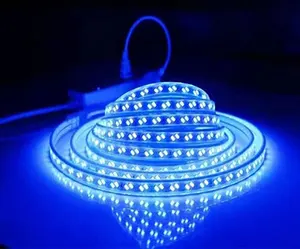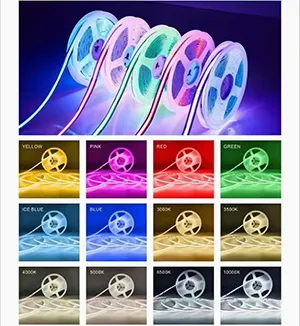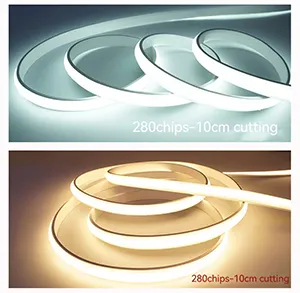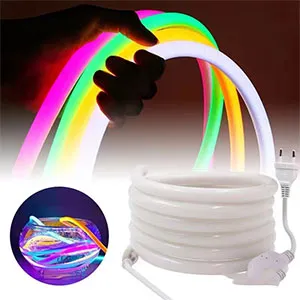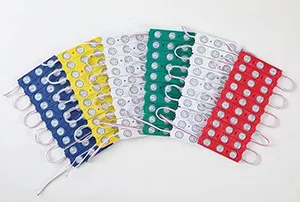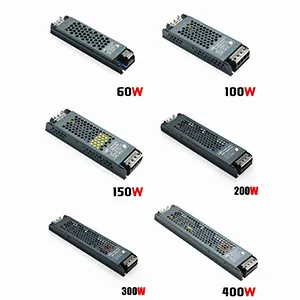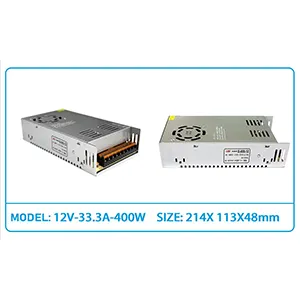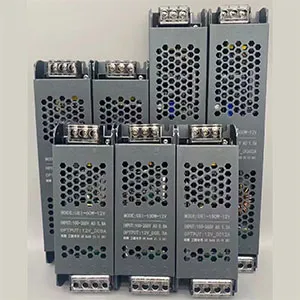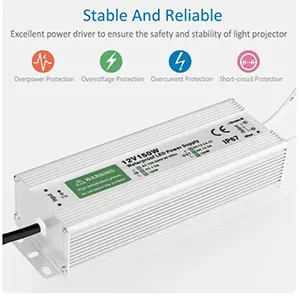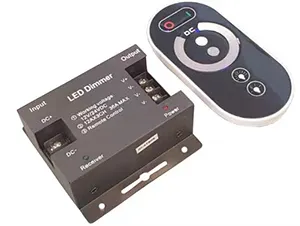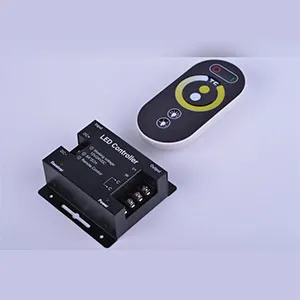How to Install LED Tubes

How to Install LED Tubes
Fluorescent tubes used to be a go-to solution for offices, warehouses and other industrial and commercial venues, as they were the most cost- and energy-efficient lights available back in the day. However, technology keeps developing, and people are not stopping to look for better solutions.
And then, the LED technology appeared. Right now, LED tube lights are rising in popularity when it comes to commercial lighting (and not only), and there are numerous reasons why.
If you are considering this type of lighting or have already made up your mind convinced by the many benefits of the LED lights, we present you with our guide to the LED tubes installation.
What Are the LED Tube Lights?
LED tubes are incredibly versatile, affordable and efficient. They have the improved colour rendering, are even more cost- and energy-efficient (regular T8 LED tubes are 30% more efficient than the fluorescent T8 tubes), and highly reliable, as they require less maintenance and still burn out less often. Plus, they fit into the old light fittings, so you can simply replace your existing fluorescent tubes with the LED ones without too much trouble.
LED tubes can have different colour temperatures, and they don’t flicker like fluorescent lighting. You can install LED lights with dimming qualities, and it is not as expensive as in the case of other tube types. LEDs are also more environmentally-friendly, as they don’t contain any mercury.
LED tube lights are categorized with a ‘T’ measurement – the higher the number, the thicker the lamp in diameter; there are T5, T8 and T12 lights available. ‘T’ is exactly one-eighth of an inch and the following number refers to how many eighths of an inch wide the light (or its bulb, to be precise) is. Therefore, for example, T8 LED light is exactly one inch (8/8ths).
With a fluorescent tube, the lower the number, the more efficient the light, but it is not always the case with the LEDs.
A Guide to the LED Tubes Installation
Turn off the power. It is crucial. Otherwise, you risk being electrocuted during the work.
Remove the old tube. Do it once the power is disconnected by simply disconnecting all the wires. Stay cautious.
Secure the old tube. Be careful, especially when you deal with fluorescent tubes, as they contain traces of mercury, which may be poisonous to people if ingested.
Check the ballast. All fluorescent tubes have either electronic or magnetic ballasts (it’s magnetic if you can hear buzzing or see flickering).
Remove the ballast if it’s an electronic type. It can damage your LED lights if you leave it there. All you need to do is disconnect the wires, remove the ballast and connect the wires again. Make sure the connection is secured, nothing is damaged or too loose.
Remove or bypass the ballast if it’s a magnetic type. A lot of LED tubes come with their own starter to make the installation easier. If it turns out you need to bypass the magnetic ballast that is there, it’s best to call a professional to avoid any danger.
Connect the new LED tube. Be careful when you connect it to the fixture; there’s no need to rush. It’s better to take your time and do it right. Each LED tube has one live connection and one neutral, and the fitment wires need to match them. In case of a short circuit (both links at one end), you will need a specialist to do the rewiring.
Make sure you have checked all the steps. Before you do it, make sure you did everything according to the instructions, and all is connected properly.
Turn on the power. See if it works as it should. You may be used to the tubes flickering and buzzing, but it shouldn’t be the case with LED tubes. If you see or hear it, repeat all the steps or call a professional.
Get rid of the old tubes in the right way. Especially when you’re dealing with fluorescent light, which contains mercury, you can’t just throw the tube into the bin. Be sure to find recycling services in your area that take care of this kind of waste. If you’re getting rid of the LED tubes, you can throw them into your regular bin, but it is more eco-friendly to consider recycling.
Final Thoughts
LED tubes come with a variety of advantages – they are cheaper to maintain, save you more money in the long turn, have improved colour and are much better for both your wallet and the environment. You won’t have to worry about maintenance (at least not as frequently as with a fluorescent tube) and you can be sure that you will find lights suitable to your needs, as LED tubes are also highly versatile.
And what is great about them – a LED tube can easily fit into your old fittings, is super easy to install and you can do it all by yourself by following the simple steps mentioned in this article. Both success and satisfaction are a guarantee







